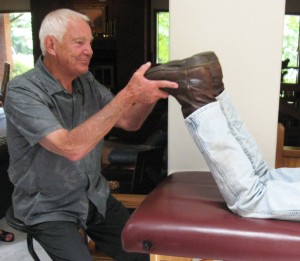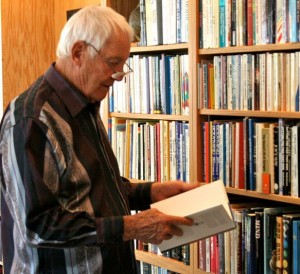Dr. M. T. Morter Jr. Founder of BioEnergetic Synchronization Technique

A Burning Desire to Help Others
Even though B.E.S.T. founder, M.T. Morter Jr. was dedicated to and renowned in his field of chiropractic, both as a practitioner and also the past president of 2 chiropractic colleges, he was also dissatisfied. He felt dismayed when some his treatments wouldn’t hold over time and his patients didn’t improve but instead would return needing the same care. He intuitively knew that something was missing from the healing equation and he began his search for a healing system that was accurate and brought about completely consistent results.
Research and Clinical Testing
Dr. Morter Shares His Thoughts
A Humble Man with a Huge Vision
Dr. Morter often talked about how uncomfortable he was with the acronym B.E.S.T. because it could be interpreted as an expression of arrogance when his intention was not to be better than someone or something else. He just strove to be the best he could be, to find truth and discover how to help others in the process. His life time endeavor to do that has touched and continues to benefit many people all over the world. This experience also guided Dr. Morter in his own transition from being a self defined, traditional scientist to a very sensitive man expressing and co-creating with spirit through the lens of science. His mission: To Improve the Health of Mankind Worldwide.
Acknowledged by his Peers. BioEnergetic Synchronization Technique was recognized in January of 2004 by Dr. Fabrizio Mancini, president of Parker College of Chiropractic, who addressed a gathering of 8,000 chiropractors in Las Vegas, Nevada. After presenting Dr. M.T. Morter, Jr. with a “Lifetime Achievement Award” for his service to humanity, his contribution to the field of chiropractic, and the development of the B.E.S.T., he reported the results of research recently completed by Parker College. The patients that were involved in the study had failed to respond to other medical care and other forms of chiropractic. They felt if they saw a 15% improvement in the casework, the utilization of B.E.S.T. would be considered clinically significant. Overwhelmingly successful, the results provided an 85% improvement in the patients, not only in their areas of primary pain, but in other areas of their lives such as improved emotional stress level and overall well being.
Read the research report

